Infidelity is an unacceptable red flag in a relationship. ‘The other woman’ refers to a woman whom someone is with, in addition to their partner. Although not solely a heterosexual aspect, mostly it is seen as a woman who is involved with a man who already is in a heterosexual relationship.

It is a term that is used to refer to the mistress, the lover, or the single woman engaging in emotional or physical relations with a man who’s already taken.
She is a character often explored in movies like Aakhir Kyon?, No Entry, Naseeb Apna Apna and Gulaal.
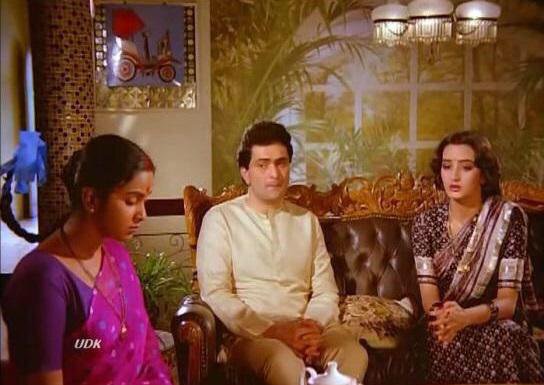
Bollywood portrays ‘the other woman’ as a conniving woman who wishes to steal the man from his virtuous lover, his “good” wife. She often has volatile and uncontrollable emotions, fired up by selfish aspirations. More often than not, she is a manipulative, jealous and cunning villain. She wants the man, our hero, all to herself and to get rid of his family.
Movies like Lal Patthar, Armaan and Biwi No. 1 show villianous portrayls of the other women.
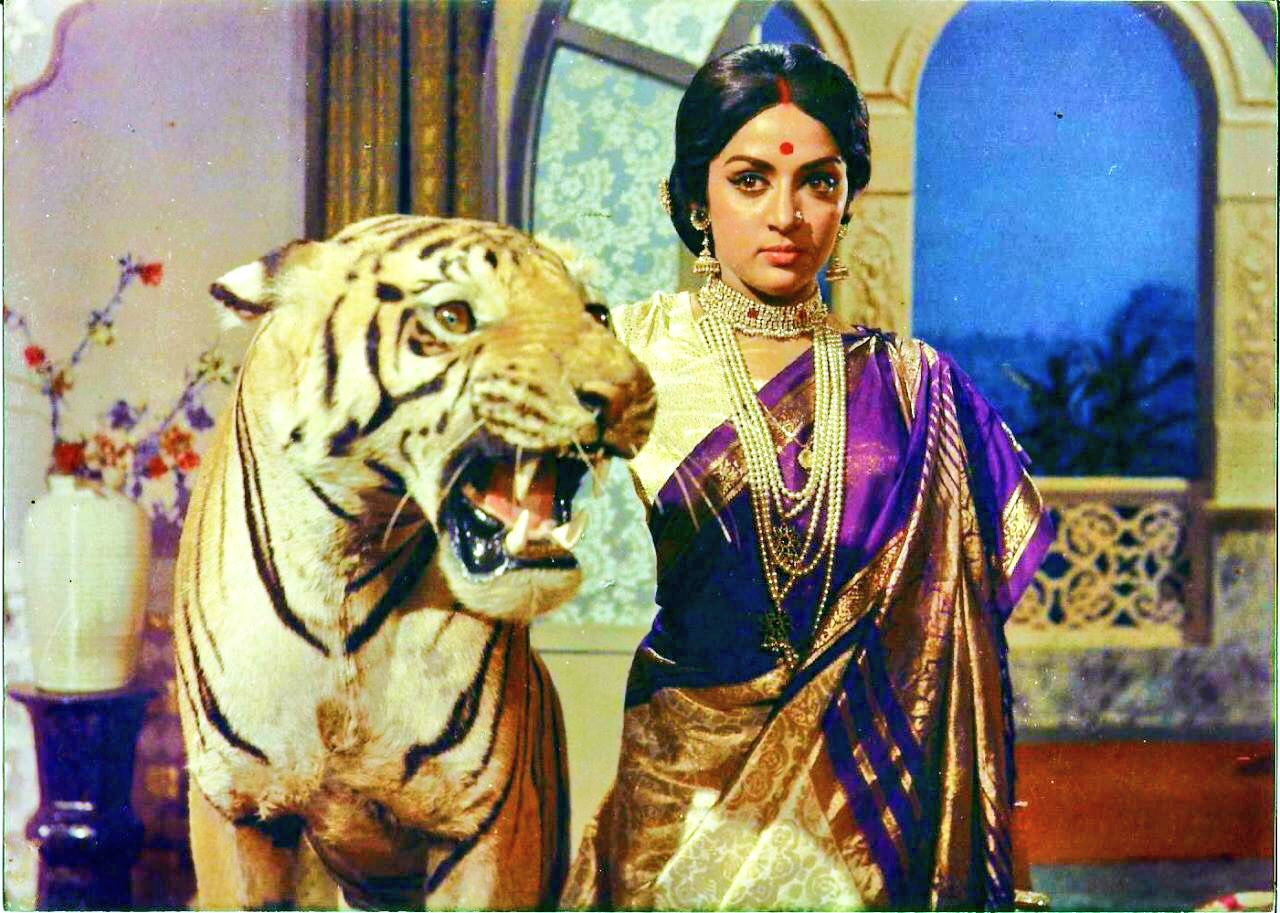
On the other hand, the non-evil version of her is basically a doormat.
Explored in movies like Tawaif and Souten, She is dramatically overwhelmed with love for the man, ready to go till the ends of the Earth for him. Often being ready to be the “second wife” in a polygamous relationship or an illegitimate lover.
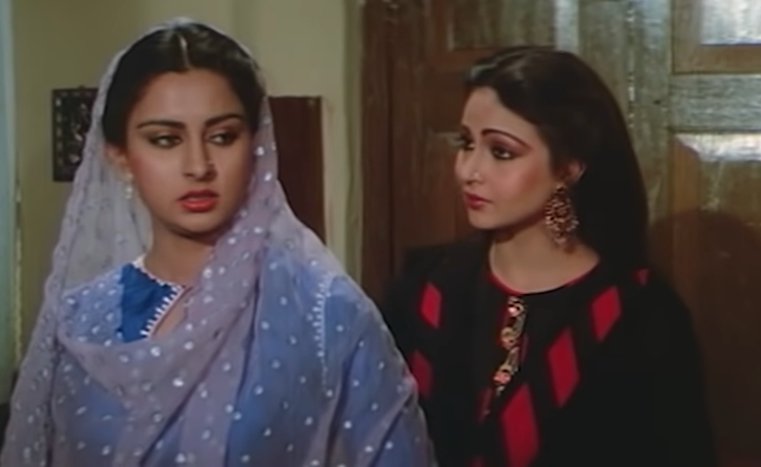
These two character types are interchanged between the wife and the other woman, one contrasts the other depending on the story. What is the prize of all this? A man, our hero!
Bollywood often portrays the other woman, or the sautan, as either a cautionary tale or a romanticized story of never-ending love against all odds. In worse cases, it is played up for laughter. Either she is a spineless woman going after a married man, a ditsy clueless object or a devoted lover. The hero is seldom held accountable for his mistake of being a cheater.
She is often a fleeting fantasy and a temporary distraction in the happily married man’s life. His wife just needs to make him fall in love with her again. The lawfully wedded and faithful wife runs around the house to keep it running, while being told that it’s a blessing that her husband comes back to her at the end of a date with his mistress. She is rarely, if ever, advised to leave the man. More often than not, she is advised to simply wait for him to become decent. This is seen in movies like Biwi No. 1, both the Pati, Patni Aur Woh movies and Ankahee.
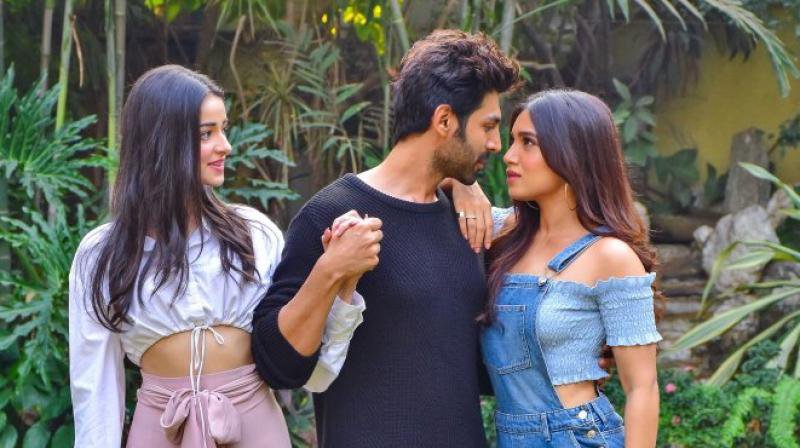
Instead of being independent characters, these women are mere story devices in the hero’s arc. While the other woman is a visualization of his bad decisions and downfall, the wife is his redemption. If the wife is sketched as a layered and independent character, the other woman symbolizes her motivation to become independent and find herself, as seen in Arth and Ijaazat.
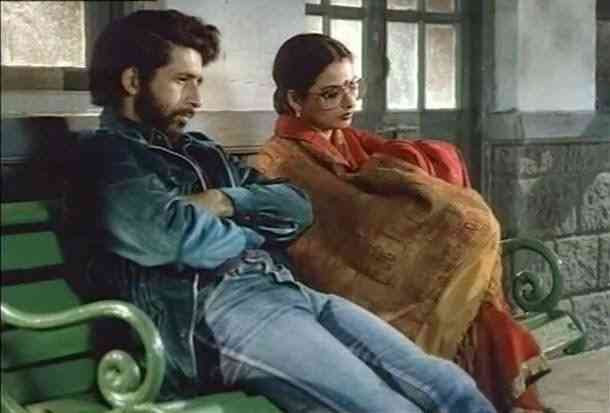
In Gulzaar’s Ijaazat, while the characters are grounded in reality and given nuances rather than broad strokes, there is little done to give respect. Mahinder is not seen as a prize that Sudha and Maya must compete over. He is shown as an incomplete, self dissatisfied and selfish man who cheated on his wife. However, Maya falls in the trope of being a modern, enchanting mistress who is a counterpart to the wife. She enables Sudha’s journey of self-discovery by being with Mahinder but their relationship is never given legitimacy.
Another Rekha movie that explores infidelity and the other woman is 1981’s Silsila. This movie solidified Rekha’s image in the public eye a certain way, which itself is a product of sexism. In the film, Chandni was a part of Amit’s life much before his marriage to Shobha. She was left in a whim by Amit due to his image of being ‘a virtuous hero’. However, she somehow becomes the other woman because she is not married to him.
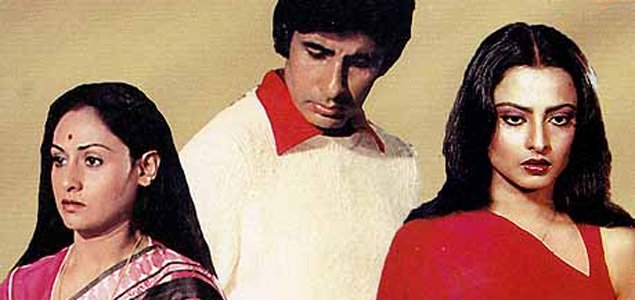
In Silsila, marriage, babies and society are given a higher priority than the women. Amit is an indecisive person who is not at peace with himself and the image he wishes to portray. However, the women face the brunt of this. Rekha, this time in a switch, is the sautan who is modern and pretty while Shobha is an overtly simplistic good wife, waiting for Amit to get his act together.
Shyam Benegal’s Zubeidaa, released in 2001, breaks the stereotypical portrayl. The other woman is the rebellious protagonist and titular character. Rekha portrays the lawfully married wife to the prince, played by Manoj Bajpayee. Meanwhile, Karisma Kapoor plays Zubeidaa.
Rekha’s Mandira Devi, the first wife, sits higher on the hierarchy than Zubeidaa. In Bollywood fashion, the wife and the other woman (here, the second wife) do fight for importance. However, in a refreshing turn of events, Vijayendra is actually portrayed as someone who is not the hero. The women are not fighting for his love but for a place amidst his selfish ways, not out of hatred for each other but survival.
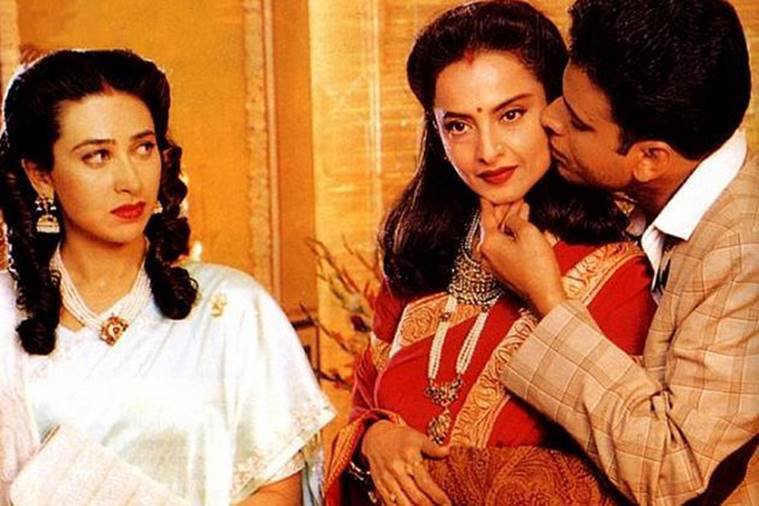
Bollywood fails to humanize the toll it takes on being the other woman. Zubeidaa is determined to fight for respect and her place in the palace. She questions the prince who wishes to reduce her to an eye candy and sex machine. She dies trying to fight neglect, abuse and even sexual harassment.
A similar portrayal is Faiza Naqvi in Amazon Prime‘s 2019 drama, Made In Heaven. Tara, the wife, is flawed and not a perfect symbolism of honesty and wifehood. However, Adil Khanna, the husband, is a serial cheater, liar and manipulator. Faiza and Tara are friends but Faiza stabs her friend by getting sexually and romantically involved with Adil.
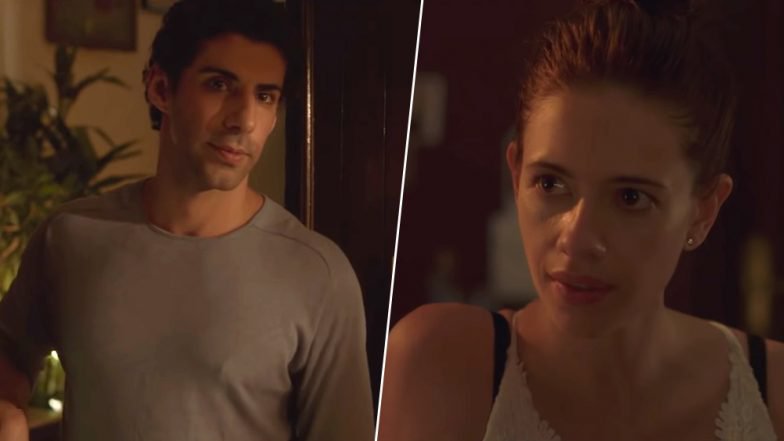
Throughout the narrative, she experiences inner turmoil out of the guilt of being the other woman. She gets ostracized by her friends and Tara destroys her house in a mental breakdown. However, she is a human being, not a caricature, who is trying to be a better person, in love and is apologetic.
The other woman and the wife are often in the same box where women do not get storylines. They are only tools in the man’s story. Hence, exploring these portrayals is important in understanding the role of women through the ages in Bollywood.

















